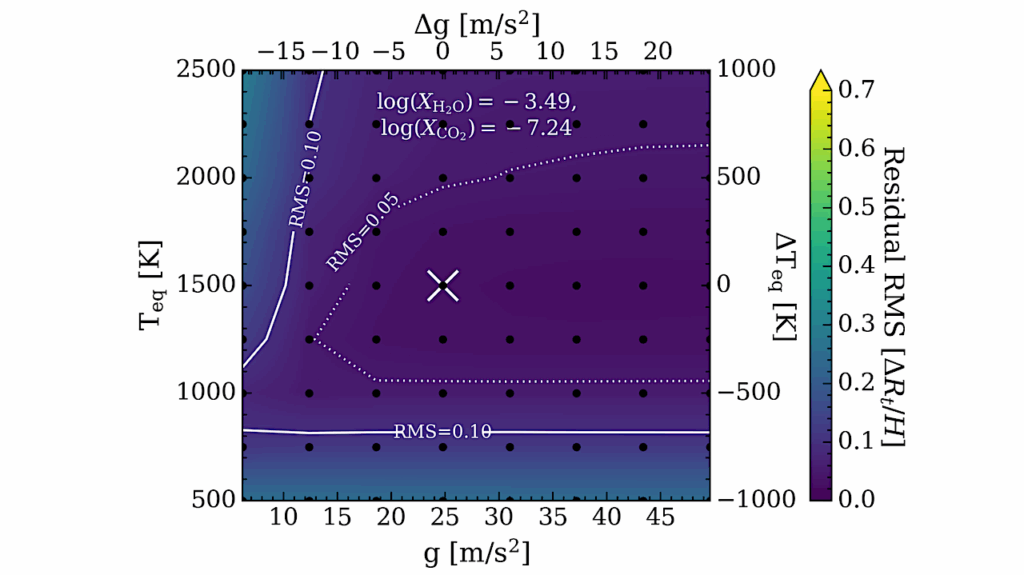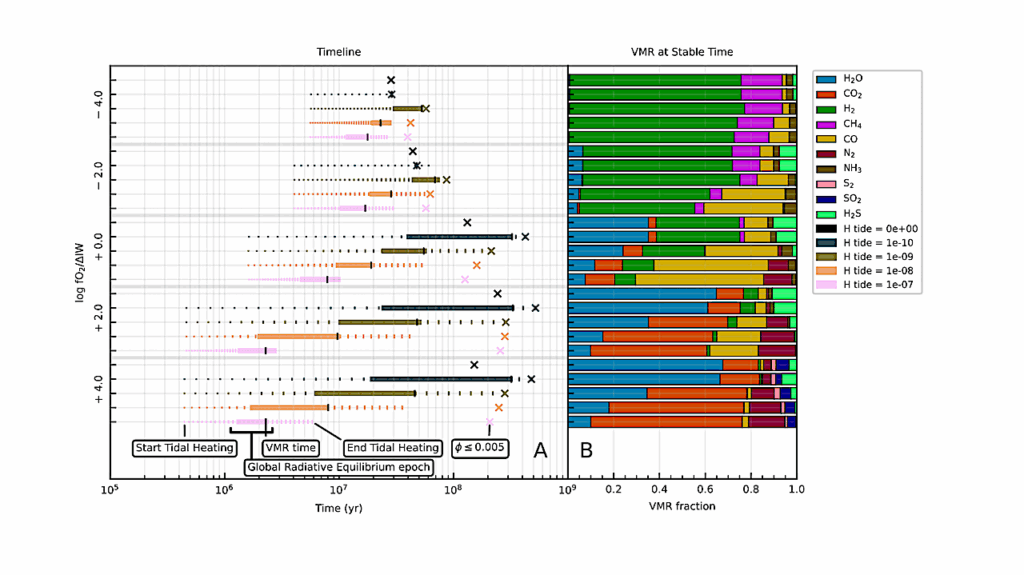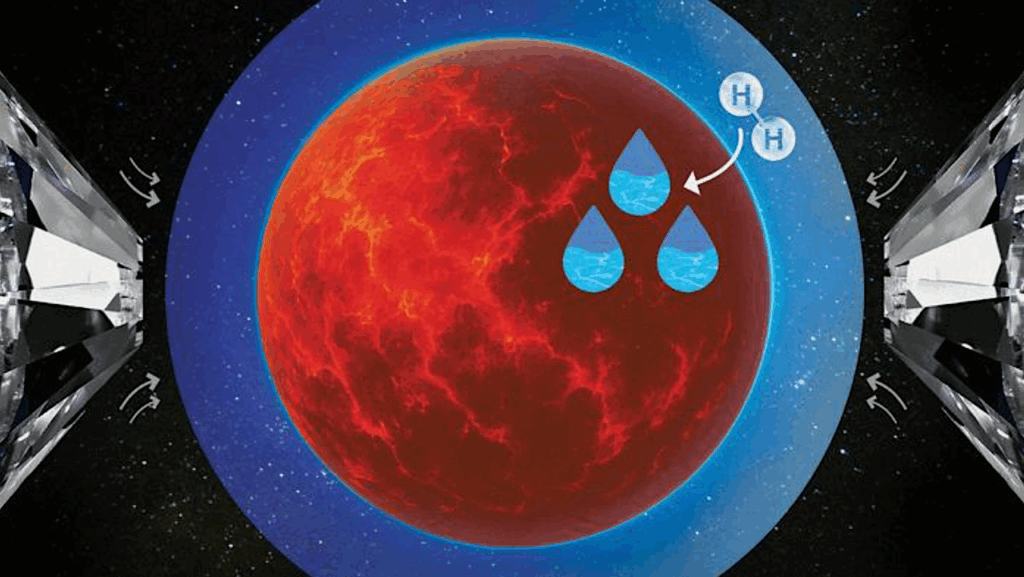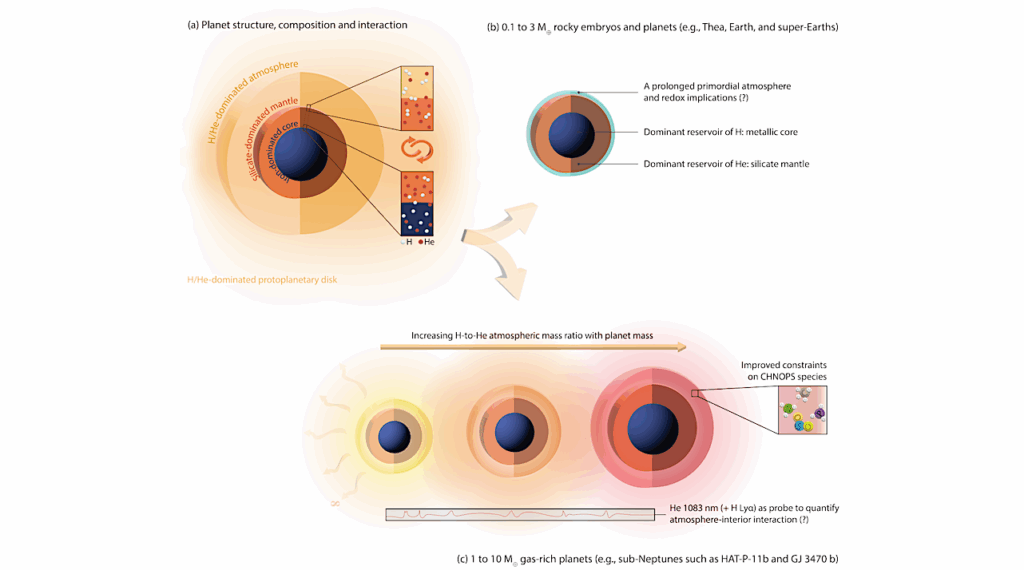Climate Regimes Across The Habitable Zone: A Comparison Of Synchronous Rocky M- And K-dwarf Planets
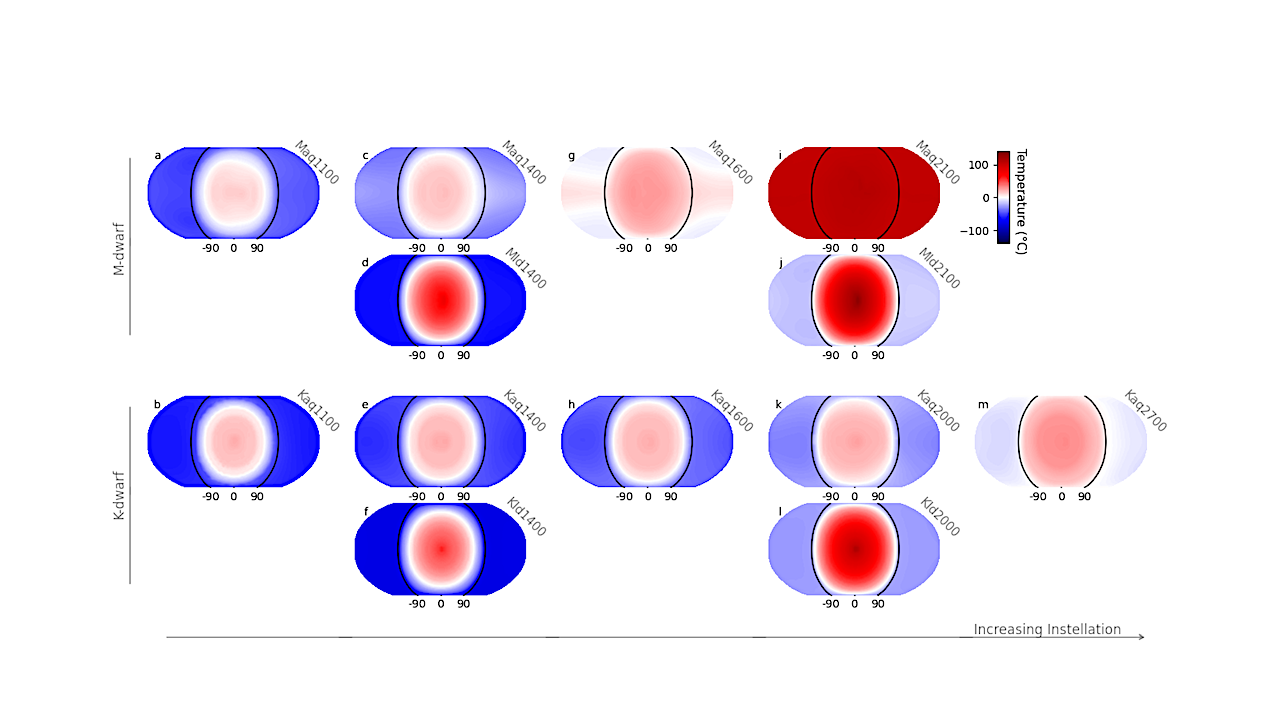
M- and K-dwarf stars make up 86% of the stellar population and host many promising astronomical targets for detecting habitable climates in the near future. Of the two, M dwarfs currently offer greater observational advantages and are home to many of the most exciting observational discoveries in the last decade.
But K dwarfs could offer even better prospects for detecting habitability by combining the advantage of a relatively dim stellar flux with a more stable stellar environment. Here we explore the climate regimes that are possible on Earth-like synchronous planets in M- and K-dwarf systems, and how they vary across the habitable zone.
We focus on surface temperature patterns, water availability, and implications for habitability. We find that the risk of nightside cold-trapping decreases with increased orbital radius and is overall lower for K-dwarf planets. With reduced atmospheric shortwave absorption, K-dwarf planets have higher dayside precipitation rates and less day-to-night moisture transport, resulting in lower nightside snow rates.
These results imply a higher likelihood of detecting a planet with a moist dayside climate in a habitable “eyeball” climate regime orbiting a K-dwarf star. We also show that “terminator habitability” can occur for both M- and K-dwarf land planets, but would likely be more prevalent in M-dwarf systems.
Planets in a terminator habitability regime tend to have slightly lower fractional habitability, but offer alternative advantages including instellation rates more comparable to Earth in regions that have temperatures amenable to life.
Ana H Lobo, Aomawa L. Shields
Comments: 20 pages, 11 figures, 4 tables, Accepted for publication in The Astrophysical Journal
Subjects: Earth and Planetary Astrophysics (astro-ph.EP)
Cite as: arXiv:2408.05951 [astro-ph.EP] (or arXiv:2408.05951v1 [astro-ph.EP] for this version)
https://doi.org/10.48550/arXiv.2408.05951
Focus to learn more
Submission history
From: Ana H. Lobo
[v1] Mon, 12 Aug 2024 07:03:16 UTC (2,338 KB)
https://arxiv.org/abs/2408.05951
Astrobiology,


